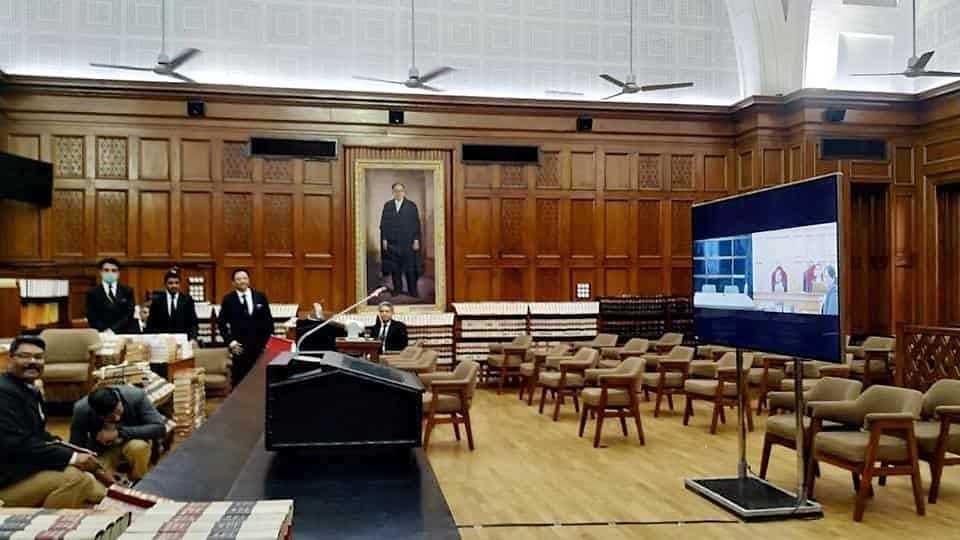In Rolley v. MacDonell , the defendant brought a motion for leave to rely on surveillance video recordings as substantive evidence. Three rounds of surveillance were carried out over a period of one year.
For a surveillance video recording to be admissible as substantive evidence, it must satisfy the following three-part test:
- Accuracy in truly representing the facts;
- Fairness and the absence of any intention to mislead; and
- Verification on oath by a person capable of doing so.
(See Iannarella v. Corbett , 2015 ONCA 110, 331 O.A.C. 21, at para. 94 and Nemchin v. Green , 2017 ONSC 1321, at para. 16.)
In addition, the probative value of the evidence must outweigh its prejudicial effect.
The parties disagreed over whether the surveillance videos satisfied at the admissibility test.
With regard to the first part of the test, the judge found that there were various gaps in the surveillance video recordings that were frequent and significant. The recordings depicted anywhere from 15 to 27 to 50 percent of the time during which the plaintiff was engaged in an activity. As a result,they could not be considered fair, accurate, and representative of the events purported to be depicted in the recordings
In assessing the second prong of the test, the judge found that the investigator was forthright in his answers. The investigator was empathetic that it was not his intention to cast the subject in a light favourable to the client that was paying for the surveillance. He also emphasized the practicalities of carrying out surveillance, including the requirement to move about to be able to continue recording a subject. The judge concluded that the investigator did not have an intention to mislead. However, with respect to the second element of fairness, the judge did not find the video recordings to be fair.
For the third part of the test, the judge found that the investigator provided verification under oath of the surveillance conducted. Given that the surveillance evidence did not satisfy the first two parts of the test, the judge did not address the third issue in detail.
The judge did find that two of the videos satisfied the three-part test for admissibility, and considered the probative value versus the prejudicial effect of these recordings. With respect to both, he found that they depicted nothing that challenged, contradicted or impugned the evidence given by the plaintiff’s wife. He, therefore, concluded that both the videos had a minimal probative value.
The judge emphasized that a trial judge must be stringent in his or her gatekeeper role when dealing with surveillance evidence. The judge dismissed the defendant’s motion and denied any entitlement to rely on any portion of the surveillance video recordings as substantive evidence.
The decision suggests that careful consideration be given to the quality of the surveillance video recordings when deciding whether to attempt to rely on the recordings as substantive evidence at trial.




